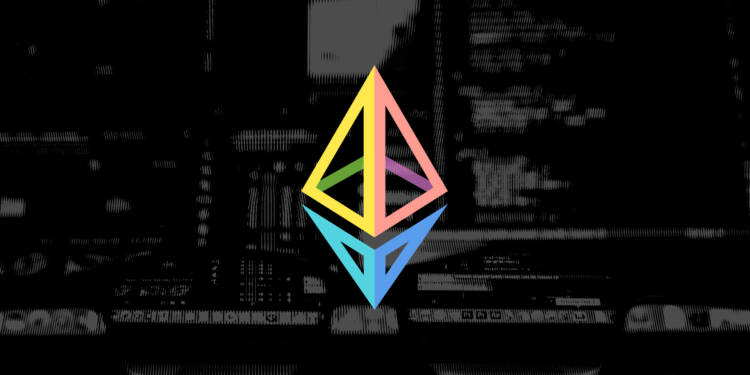Ethereum’s beacon chain, the backbone of the network’s Proof-of-Stake (PoS) consensus mechanism, experienced two separate instances on May 11th and 12th, where finality was unable to be reached for 3 and 8 epochs.
However, end users were still able to transact on the network, thanks to client diversity, as not all client implementations were affected by this exceptional scenario.
The root cause of the issue is still being evaluated, but high loads on some of the Consensus Layer clients caused by an exceptional scenario appear to have been the cause of the problem.
Teku And Prylabs To The Rescue?
Meanwhile, Teku and Prysm, two popular Ethereum clients, have released upgrades that implement optimizations to prevent beacon nodes from high resource usage during these exceptional scenarios.
The Ethereum community health consultant, superphiz.eth, confirmed the release of the upgrades on Twitter, stating,
“We can start putting this loss of finality issue behind us, Teku_ConsenSys and Prylabs have deployed fixes that will prevent the attestation flooding. This is one step on our diversity & decentralization journey, let’s learn from it and move forward with greater purpose.”
Benefits of Teku and Prylabs Upgrades
Teku and Prylabs’ upgrades are aimed at preventing the attestation flooding that caused the recent loss of finality on Ethereum’s beacon chain. The new upgrades implement optimizations that improve beacon node efficiency and reduce resource usage during high-load scenarios, ensuring that the network remains robust and resilient.
One of the benefits of using the Teku client is its Java-based implementation, which provides excellent performance and scalability. Its modular architecture makes it highly flexible, allowing developers to customize it to their specific needs.
On the other hand, Prylabs’ Prysm client is known for its stability, ease of use, and robustness. It is also one of the most widely used Ethereum clients, making it a popular choice among developers.
The recent upgrades released by Teku and Prylabs demonstrate the commitment of these clients to improving the Ethereum network’s efficiency, stability, and security. As more developers adopt these upgraded clients, the network’s diversity and decentralization will increase, making it more resilient to attacks and other security threats.























